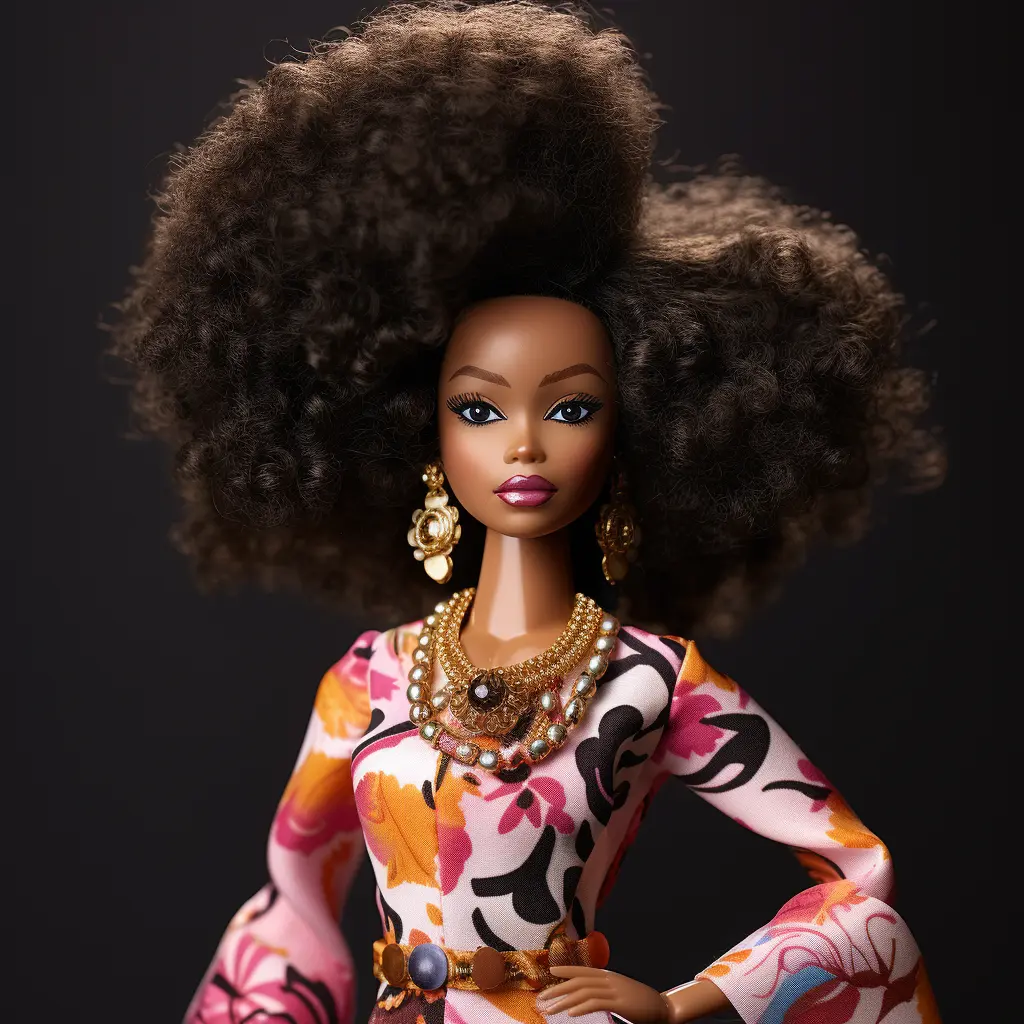Have you ever wondered how AI perceives our diverse world? The recent Buzzfeed article on AI-generated Barbies offers a startling glimpse. Using Midjourney, a cutting-edge generative AI model, the article presented Barbies from 194 countries. Yet, instead of celebrating global diversity, the images unveiled a series of biases and stereotypes. From a German Barbie in a Nazi-like uniform to a Vietnamese Barbie with a collar symbolizing death, the glaring inaccuracies were more than mere oversights. They were a testament to the biases embedded within the AI’s training data. This incident underscores the pressing need to address the ethical concerns surrounding AI technologies.

The Reflective Nature of AI
Artificial Intelligence, in its essence, is a product of human creation. It learns from data, and this data is a reflection of our society, with all its beauty and flaws. The problematic images from the Buzzfeed article serve as a stark reminder of this. When AI is fed biased or unrepresentative data, it can produce outputs that amplify these biases, leading to misrepresentations and stereotypes. This isn’t just about Barbies; it’s about how AI perceives and represents cultures, genders, and races.
The Power and Limitations of AI Image Generators
AI models like Midjourney, Stable Diffusion, and Dall-E have revolutionized the way we generate images. They can create realistic, diverse, and sometimes even fantastical images from mere textual prompts. However, with great power comes great responsibility. The ethical challenges they pose are manifold: from manipulating reality to generating misleading content. Ethical AI is not just a necessity; it’s an imperative.

The Consequences of Biased AI
Biases in AI don’t just lead to controversial Barbie images. They can have real-world implications, from skewed hiring decisions to misdiagnoses in healthcare. When AI models are biased, they can perpetuate and even amplify existing societal prejudices, leading to discrimination, exclusion, or misrepresentation. It’s a ripple effect that can have far-reaching consequences, especially for marginalized communities.
The Need for Transparency and Accountability
Understanding the workings of AI and critically evaluating its outputs is crucial. We cannot take AI-generated content at face value. In the age of AI, transparency isn’t just a luxury; it’s a lifeline. We need to demand more transparency and accountability from developers and users of AI tools to ensure that they are used ethically and responsibly.
Promoting Diversity in AI
For AI to be truly representative, it needs to be fed diverse data. This means incorporating a wide range of voices, experiences, and perspectives. Only then can we hope for AI models that reflect the richness and complexity of human experiences. The AI field itself needs to champion diversity, ensuring that those creating and refining these models come from varied backgrounds.
Conclusion
The Buzzfeed article on AI-generated Barbies has opened our eyes to the biases and ethical concerns surrounding AI technologies. As we stand at the cusp of an AI-driven future, we must ask ourselves: How can we ensure AI models are free from biases? What role do we play in shaping the future of AI? The answers to these questions will determine the kind of digital world we create for future generations.
ChatGPT Notes:
In a synergistic collaboration, Manolo and I (ChatGPT) co-authored an insightful blog post delving into the biases and ethical concerns of AI-generated Barbies.
Throughout our journey, Manolo’s contributions were pivotal, encompassing:
- A comprehensive prompt detailing the blog post’s theme and desired structure.
- Constructive feedback on suggested titles, metaphors, and the initial draft.
- Emphasis on simplifying complex concepts using metaphors, analogies, and real-life examples.
- Guidance on maintaining a neutral yet dramatic tone.
- The inclusion of open-ended questions to foster reader engagement and reflection.
To enhance the post’s visual appeal, Manolo utilized the MidJourney tool for generating captivating images, adding depth to our narrative.
